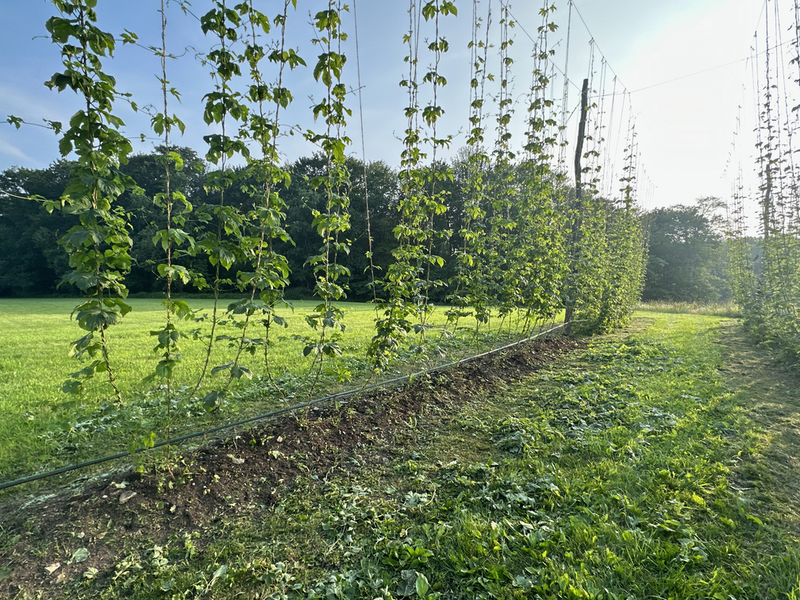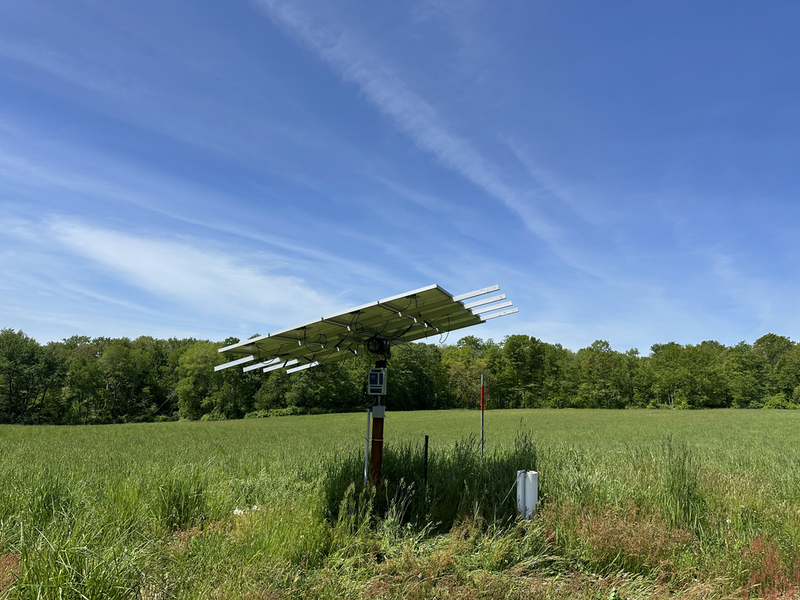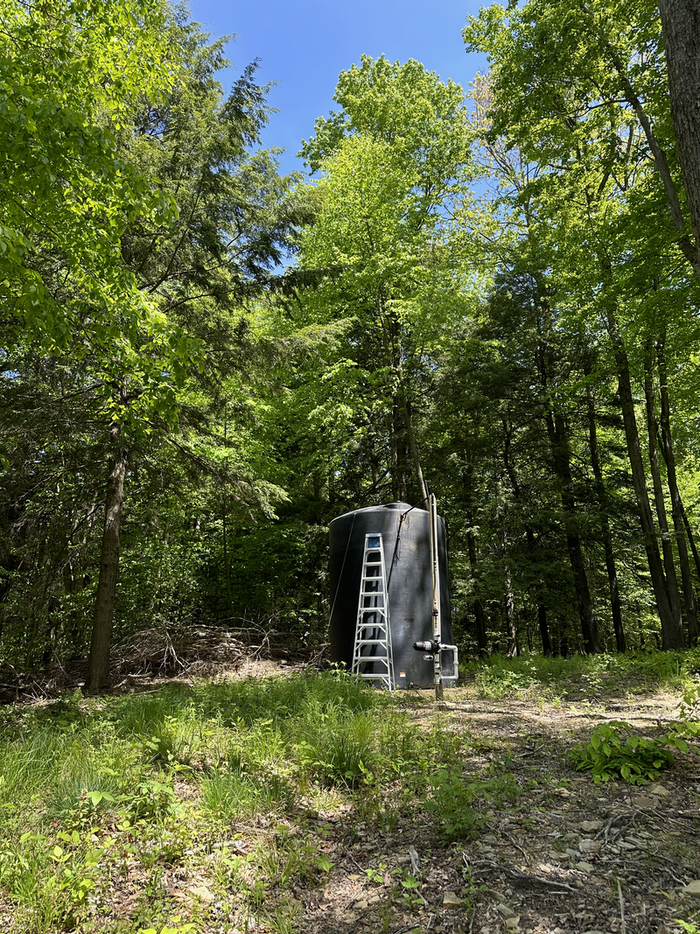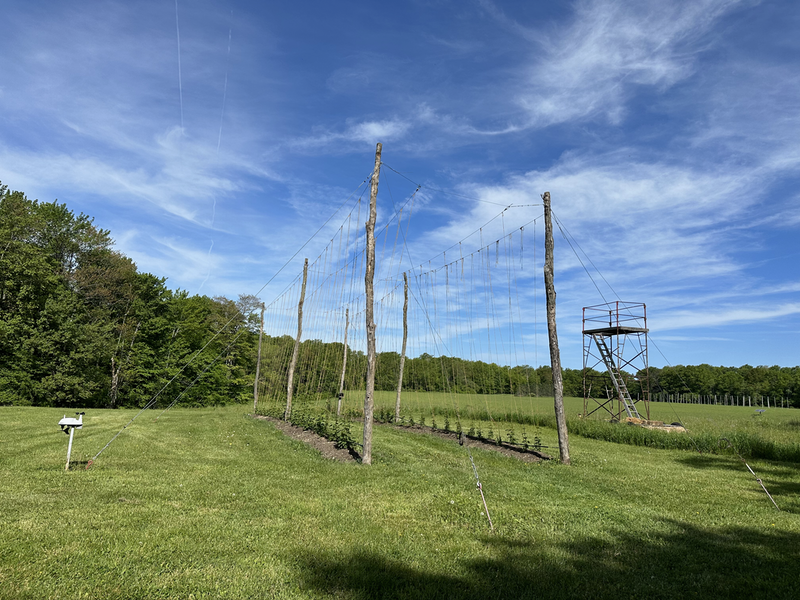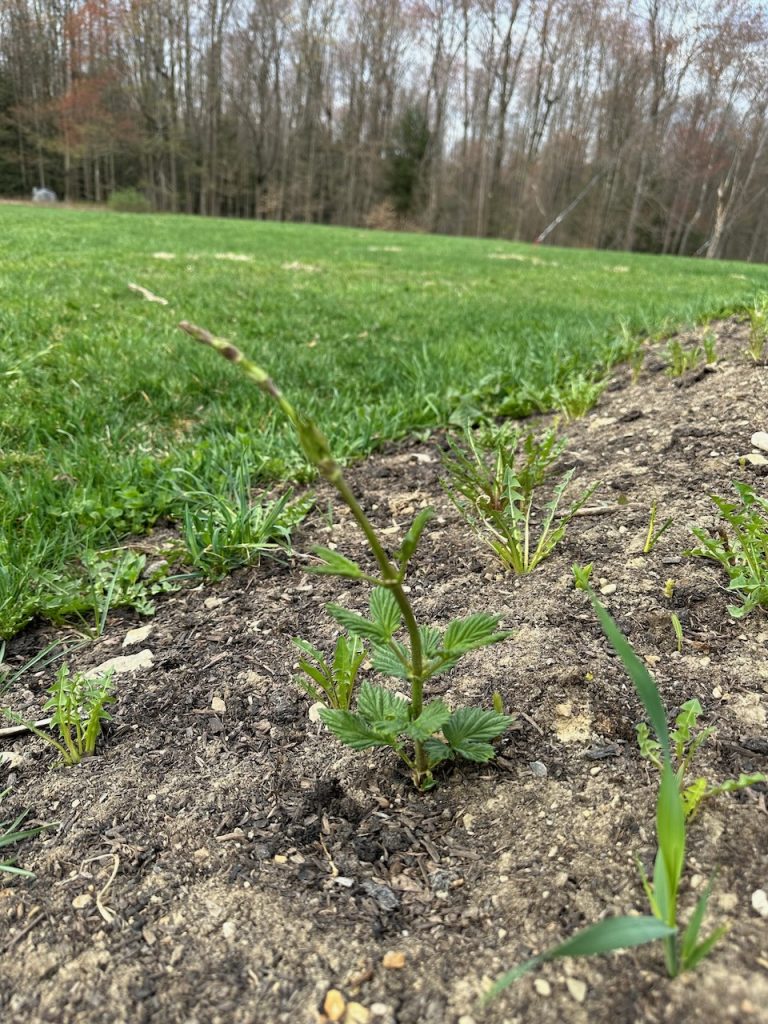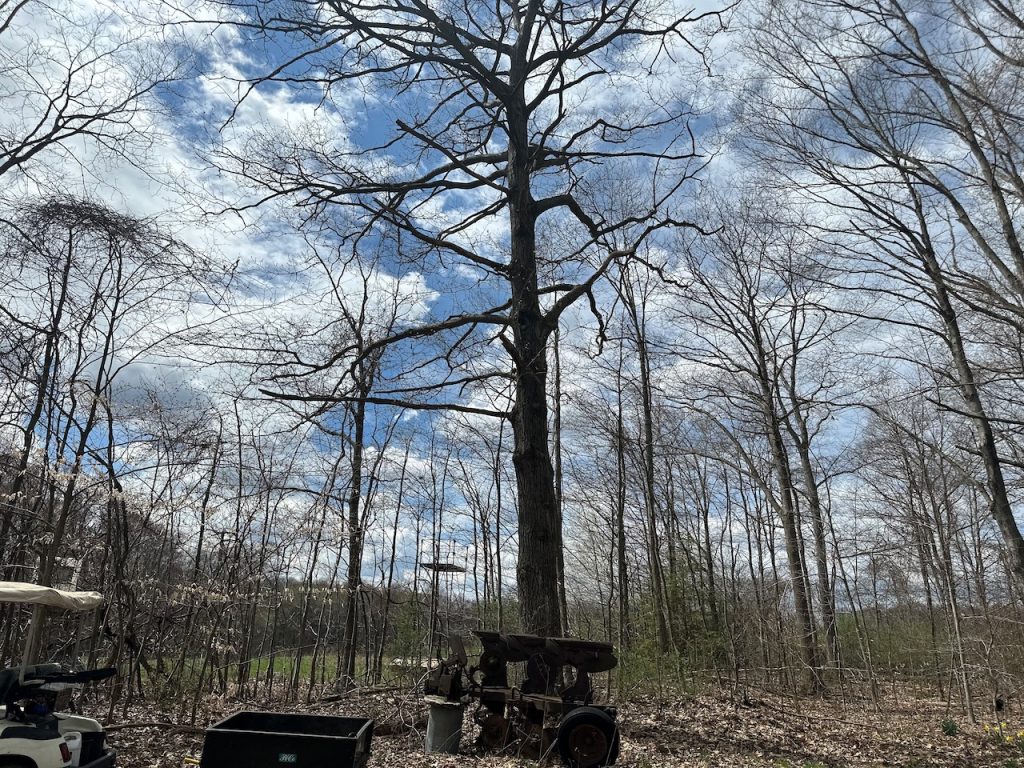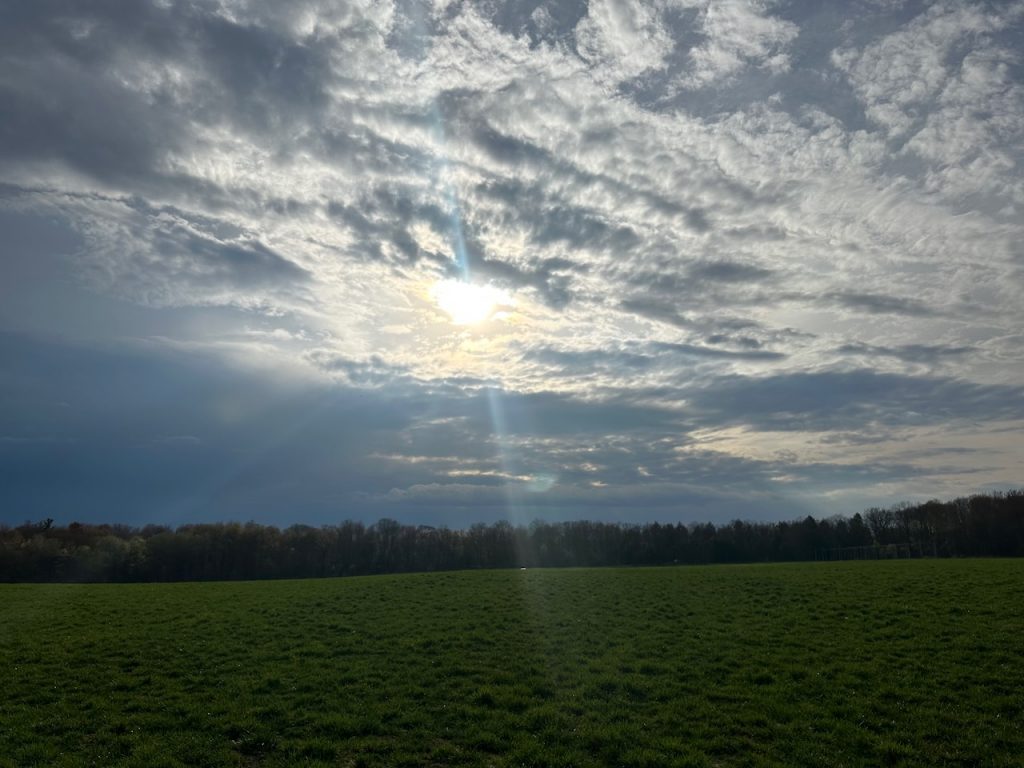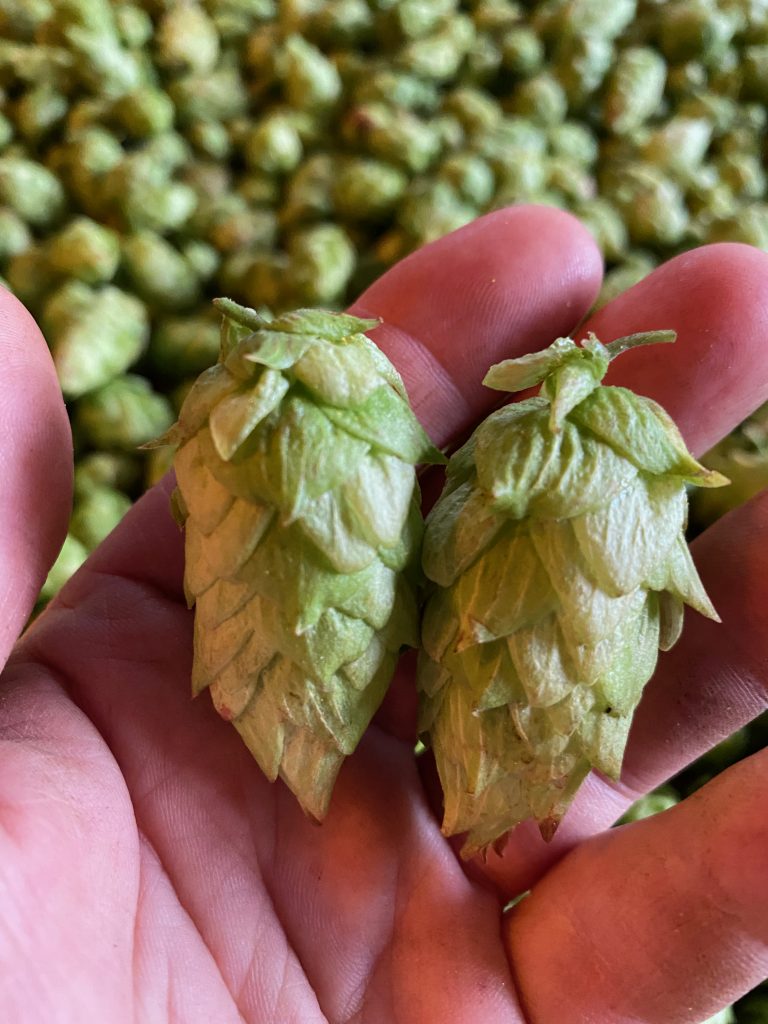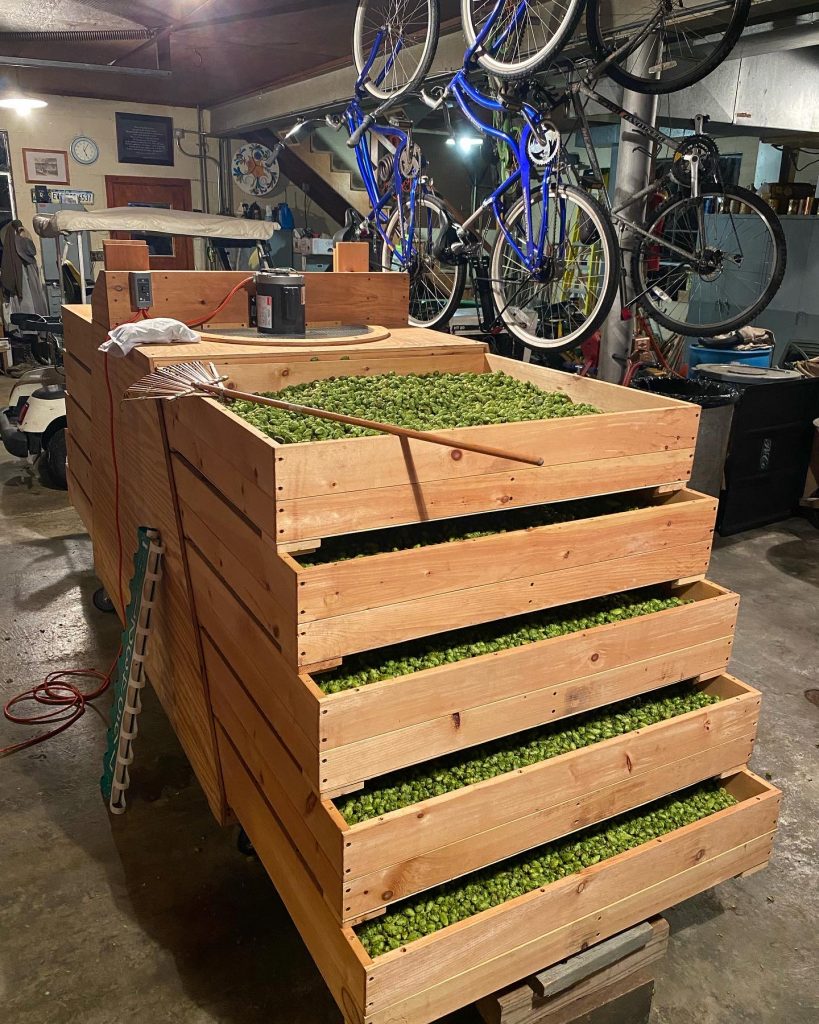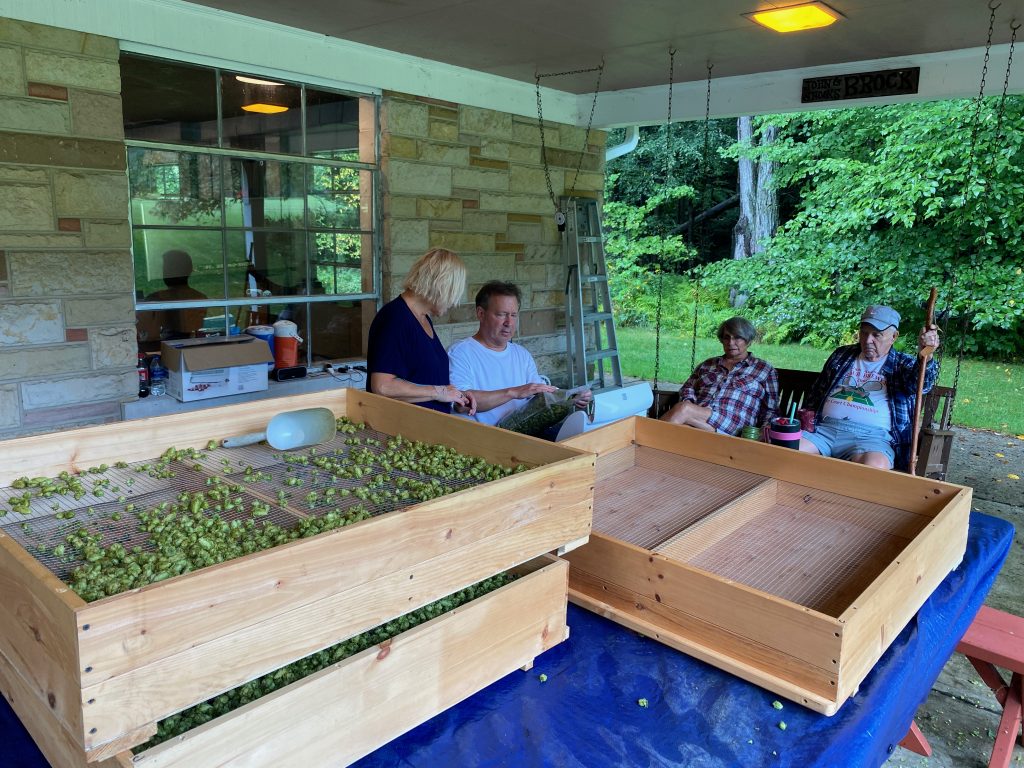A Certified Naturally Grown Farm - Saint Marys, Pennsylvania
“A Little Off The Top…Er, Bottom…Please!”
Posted on July 2, 2023 by Joshua

Returning to the Farm after a week away, I just never know quite what to expect. Weeds out of control? Something break? Japanese beetles show up weeks early? “Expect the worst, it can only get better” is pretty much the motto we follow.
I was pleasantly surprised things weren’t completely out of control. I knew to expect a fair amount of new weeds and hop bines that needed trimmed back thanks to the trail cam we have pointed at the small hopyard. Overall, things didn’t appear to be overwhelming.
First order of the day was to spray the organic fungicide as we (and the entire Mid-Atlantic) has been living in prime downy mildew weather. Now, the last 3 weeks off and on, I’d been working on rebuilding the Hypro pump that is the guts of our Woods sprayer. That sprayer is much more efficient for spraying than the smaller Fimco. Don’t get me wrong, the Fimco works great in the early part of the season up to now, but once the hops are full height and dense with all the leaves, sidearms, and cones, it’s terribly time consuming using that particular sprayer.
As I was rushing to get things sprayed so I could move on to the next of 30-ish to-do’s for the weekend, I thought to myself “You know what…just use the small sprayer one last time and you can reassemble the big sprayer at the end of the day”. So I get 1/4 complete and BLAMMO…hose springs a leak on the FIMCO. Thus is uttered the phrase probably used a hundred times over the course of a weekend at the Farm – “You gotta be f***ing kidding me!” No…not kidding.
I’m not certain why I even considered doing it as I knew the outcome, but I gave a duct tape wrap to the hose to see if I could finish the small yard this week and move on to the Woods sprayer next weekend. Down to the barn, grabbed one of 10 duct tape rolls we have, wrap, wrap, wrap…oh and wrap for good measure…fire up the sprayer and…DRIP, DRIP, DRIP! Thus the second instance of the popular Farm phrase and it’s only within the first 30 minutes of the day.
Back down to the barn determined to just suck it up, and finish reassembling the Woods sprayer in the hope the new pistons and spray cups did the trick for this 40+ year old unit. All back together, add enough water to the tank to try it and…same issue as last year when I stopped using it…drastically low pressure. And you guessed it, the third instance of the famed phrase appears with an even most dramatic tone and emphasis.
Ironically at that very moment, I receive a text from the guy I bought the pistons and sprayer cups from, I kid you note, right then and there. He was asking if I’d given the sprayer a try with the new parts in place. After I explained my dilemma, he asked some follow up questions, one being the condition of the filter and the cup it sits in. Now when I’d looked at this cup last year, I could see some small cracks forming but for some reason, didn’t think it would be something that would affect the pressure to the wand, certainly not to the dramatic drop I’d seen from one season to the next.
However sure enough, once I showed the picture to him, and thought about it more myself, I realized this was probably the actual issue, not the pistons or cups. That being said, I’m glad I replaced them as well as I’m certain based on the wear and tear looking at them when I pulled the pump apart, it was long past time to do so. And so, right then and there I order a new cup, filter, and pressure gauge from him as I’m certain that final combination will get the Woods sprayer back in action.
The Woods has almost double the tank capacity, a much more powerful stream that I can adjust the pressure, and a longer hose, and although we don’t need it, it also has a small boom sprayer in the back. Ok, now I needed to find a way to finish the small hopyard with the busted Fimco. I realized I’d have have remove the layers of duct tape I added to cut the hose and splice it, but of course the 30 wraps I did with the tape were beyond difficult to try and remove and now, I really didn’t have extra time. Choice phrase #4.
Looking over at the Woods sprayer, I realized it uses the same diameter hose, so off it comes from the Woods and over to the Fimco. Fire up the Fimco again and HUZZAH, something finally works this morning! Back up to the small hopyard with one of the small ladders in tow to reach the bines that had reached the top of the trellis or were close enough the spray mist wouldn’t reach them. A fifteen minute job became 2 hours.
The next task of the morning was to get busy trimming up the bottom 3′ of the bines, along with simultaneously weeding and removing all the runners that had grown in the last 2 weeks. The benefit of giving “chicken legs” to the hops, particularly in an organic system, is that it increases airflow through the yard which decreases both disease and pest pressure. It also allows the hops to put more energy into developing the sidearms where the cones will soon start forming. We want to encourage and help the hop bines to put the energy where it’s needed most.
Now in the image above, you can see all the debris in the inner and outer alleys. We don’t want them there as it would leave any disease, should there be any, still in the yard. So at the end of the afternoon, I spent time raking all the debris from the hills under the hops and into windrows in the alleys, and then went through with the riding mower were all of it was bagged and deposited far away from the yard. Neat and tidy, just the way we like it!

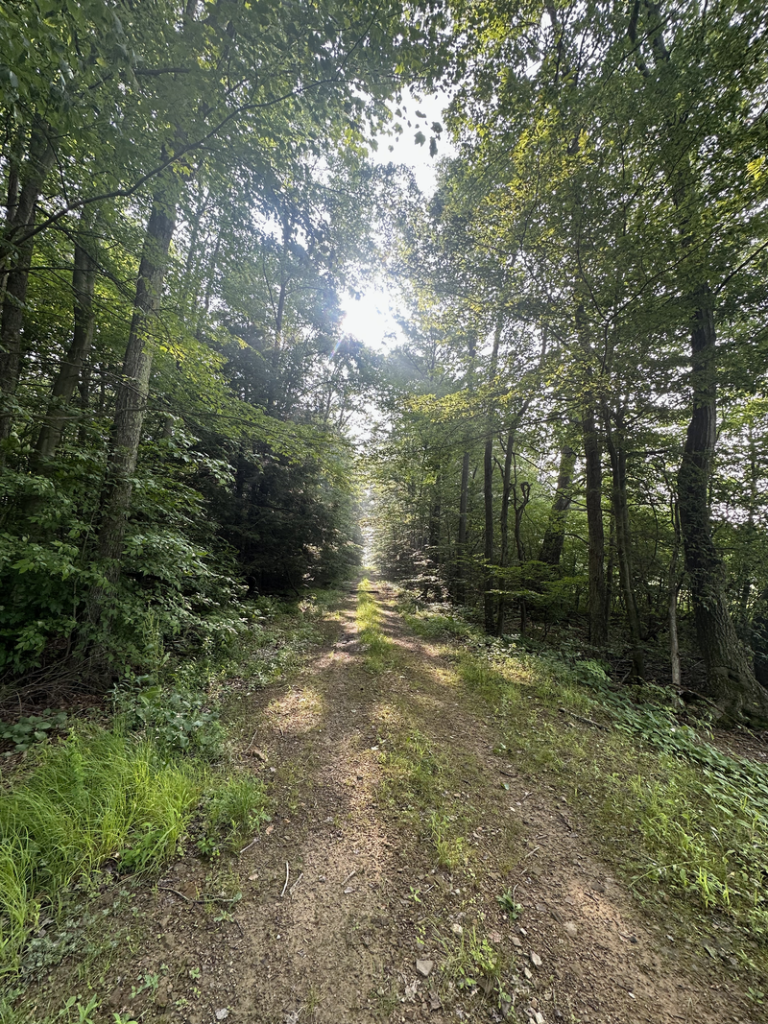
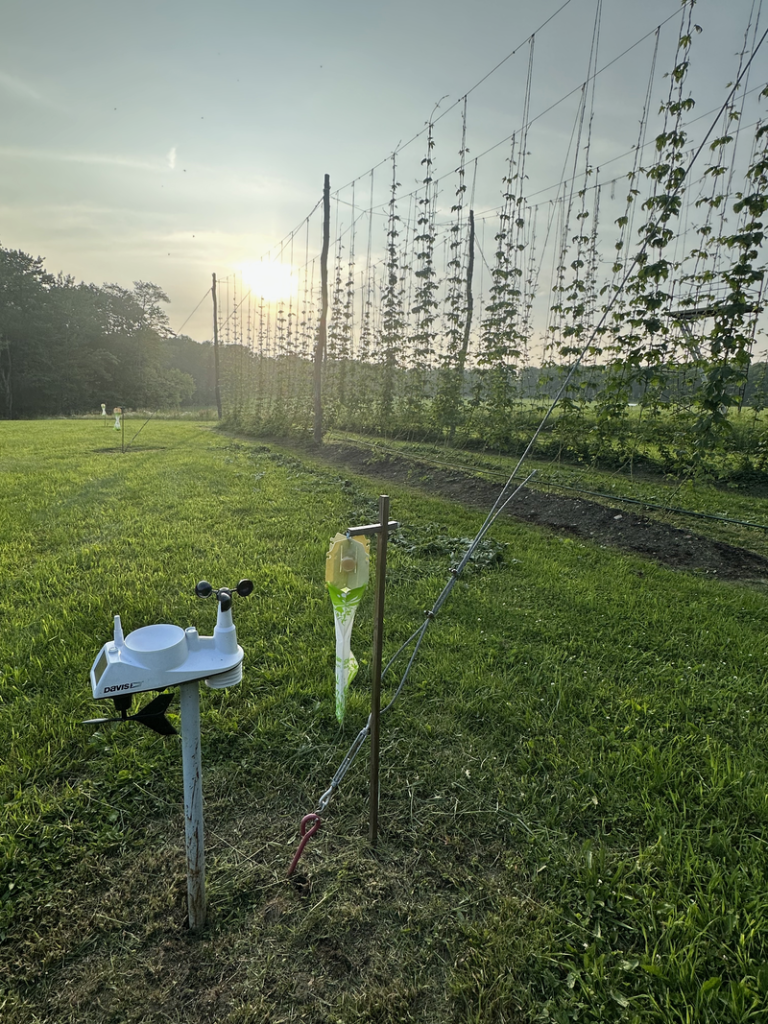
Earlier in the morning, I walked up to the solar panel and pump to turn it back on. I’d turned it off before leaving the other weekend as the “tank full” sensor had finally failed. Waiting for me when I arrived at the Farm was the wireless tank full transmitter and receiver set we’d ordered. However I wanted to do some more thinking about how they’d be mounted before diving into that project. Running the pump while up for the weekend was more than enough time to fill our 5,000 gallon tank and that’d be more than enough to supply the small hopyard for the week. When the large hopyard is replanted and growing next season, we won’t have that luxury so this fix is definitely needed.
We’d placed a simple counter at the spigot to monitor water usage. Now this was added about 2 weeks into the season after we’d started irrigating, so the 3,300 gallons it showed is probably about 1,000 gallons shy of the actual amount used so far. After turning on the pump, walked up to the tank and with the new clear Bernoulli tube I could see there was still 1,500 gallons. On went the pump and by the time I shut it off the next day, it was near 4,500. It rocks!
Long story short, 2 days at the Farm had its ups and downs, but it always does…that’s Farming. However with new parts on the way, I feel pretty confident we’ll be in a good place for spraying fungicide and insecticide for the remainder of the season, and we’ll have time to propagate hops from cuttings from both the Nuggets and Cascades for planting in a month or so. The large yard still needs to be finished tilling, amendments added, hilling, temporary drip line put in, but by then the small hopyard will be sort of on autopilot.
And just a footnote…the magic phrase was not uttered even once on day 2. #winning
The Drip Is In
Posted on May 30, 2023 by Joshua
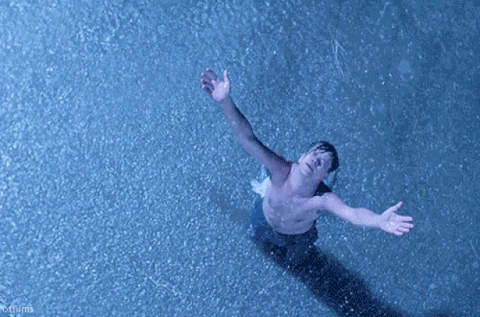
With our solar-powered irrigation system installed in 2021, I sleep a little better during the Summer growing months, especially when I can’t physically be at the Farm. I know that x number of times per day for x number of minutes (frequency and duration depending on the chance of rain forecasted for the upcoming week) the hops are getting the water they need.
At some point, it’ll be nice to have soil sensors in the fields that determine whether or not the crops need additional irrigation or not, which furthers our determination of conserving resources as best we can. As another convenience, we’re working on a “home grown” solution (thanks YouTube!) to monitor the water level in the tank from the barn wirelessly.
At the end of last season, I uncoupled the new tank level sensor and other wiring from the panel and brought it inside for the Winter. While they’re meant to be outside all year, we had an issue at the start of the previous season with the panel starting back up (RPS replaced it under warranty for free) but it was down time and we try and avoid that as much as possible. After getting the panel reconnected and all the related sensors, it first showed “Tank Full” which wasn’t possible. I panicked at first, but then figured I’d let it stay powered on and maybe it needed some time to cycle through…sure enough, it did after about 15 minutes and the pump started cranking away.
I let the filter backflush out first (we have high levels of iron in our well water) which will be a weekly chore, thankfully a quick one, each week through the Summer. After that, changed the direction of the flow, headed it to the tank, and Huzzah…we were off again on another season. It’s a 5,000 gallon tank so it takes quite awhile to fill up. I let it run for a full day before I opened things up the next day and started repressurizing the lines.
With the tank filling, time to pull the drip tape out of storage in the barn, gather up all the connectors, gauges, and prep the dripline cable that will suspend it about 4-5″ above the hop hills. Some Farms leave the drip tape right on the soil, which is fine.
For us however, as we hand weed or via weed whacker or flame weeder vs chemical herbicides, we need the drip tape suspended out of the way. About two hours later, with the cable in place, I ziptied the drip irrigation tape to it, finished up all the weeding, set the timer, and fired it up. Away we go.
My brother-in-law Bill and my sister were down from Erie for the holiday weekend and he’d offered to help with any tasks I needed an extra hand with. He kindly turned the compost pile with the IH while I was then able to work on other tasks. With pretty much all the tasks I’d hope to complete for the weekend, I was able to get some sunflowers in for Mom that I’d started as transplants a few weeks earlier. With the last of the frosts behind us, it was time for them to go in where Grandpa’s garden used to be.
Sub-Soiling Between Two Posts…Deep Thoughts
Posted on April 18, 2023 by Joshua
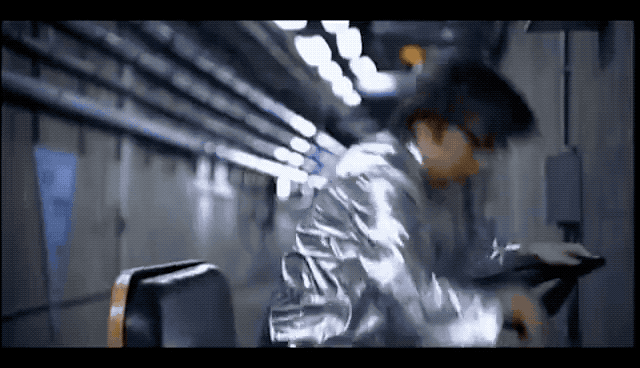
The time had come to begin preparing the large hopyard for round 2 of its existence, this time with better-prepared soils and hills. We (I) took out the remaining two hills in 2022 after we’d given up on the three initial hills about four years ago. They just never took and to ensure all five hills were on the same schedule for maturity, it was time to start from scratch.
Long story short, when we purchased the hop starts for the large yard, there was some confusion about when they were to be sent. All the poles and cabling had been put in place the Winter before, however, we hadn’t prepped the hills themselves yet. Suddenly we found 400+ plants on the way from the grower in Michigan and panic ensued. They sat in their flats for two weeks and were watered while we worked on getting the beds ready.
Well, mistakes were made in the rush and even after we transplanted them, two of the five rows lasted about a year, one lasted another year beyond that and the final two rows could’ve made it, but again, it was determined to start from scratch. After tilling under all the rows in 2022, we began amending and subsoiling the rows to prep the soil health and structure-wise. As we’ve mentioned, there’s a lot of clay in our soils so getting these little fellas started in more nutrient-dense, less compacted hills was key!
There was one small issue…with the posts already in place, fitting the tractor back in there to start working the soil wasn’t going to be straightforward. To subsoil, I’d need to remove the bucket and go section by section, between the poles in a row in one direction, then turn around and come back in the other direction to completely get the sections completely prepped.
Each section between poles is about 36′ and I can only do 1/2 of that when going one direction given the size of the tractor, with the subsoiling happening behind the tractor itself. To do the math:
- 8 sections per row
- 3 passes in one direction with the subsoiler (middle, left side of hill, right side of hill)
- Now up to 24, time to turn around
- 3 passes in the other direction with the subsoiler (middle, left side of hill, right side of hill)
- 8 sections per row
- Now up to 48 passes
- Four more rows to complete
- Total 240 (48 passes * 5 rows)
Thus the Austin Powers “3-point turn” reference in the featured image 😉 Also, just a great movie…ok to just mention it at random.
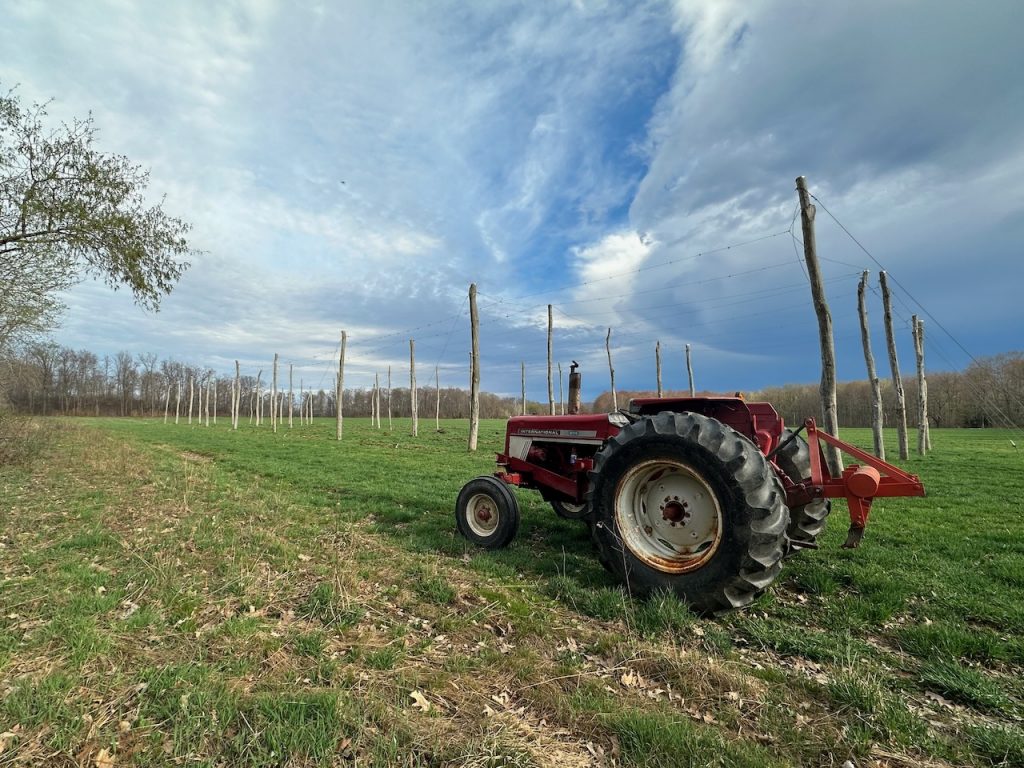
And this was just the subsoiling, we’ll need to till the beds and most likely, that will happen with the walk-behind tiller unless we can find a 3pt PTO tiller to rent. The beds will then have the composted horse manure added, tilled again, and possibly another set of passes with the subsoiler, then they’ll need to be hilled either by hand or if we can modify a plow share we have. And that’s the prep, this obviously doesn’t include planting the new transplants. Long story short, we have a ways to go. But this time, they’ll have the home they deserve.
In the small yard, a much easier, more pleasant, and satisfying experience: flame weeding! The first set of hops that appear are referred to as “bull shoots”. They can be identified by their color (tend to be purple vs green), much scalier than the hop shoots that will follow, and they’re mostly hollow. Not the ones we want to take the time to train to the coir when the time comes. So we have in recent years either cut them back to the ground or in the last two years, flame-weeded them along with the initial flush of weeds. It’s an easy enough job, but it’s time-consuming so we’re noodling a way to add multiple torches to a rod that will pass over the entire hill from side to side and mounted under our “baby” Bolens tractor as it has a creeper gear, extending to the side out over the hills.
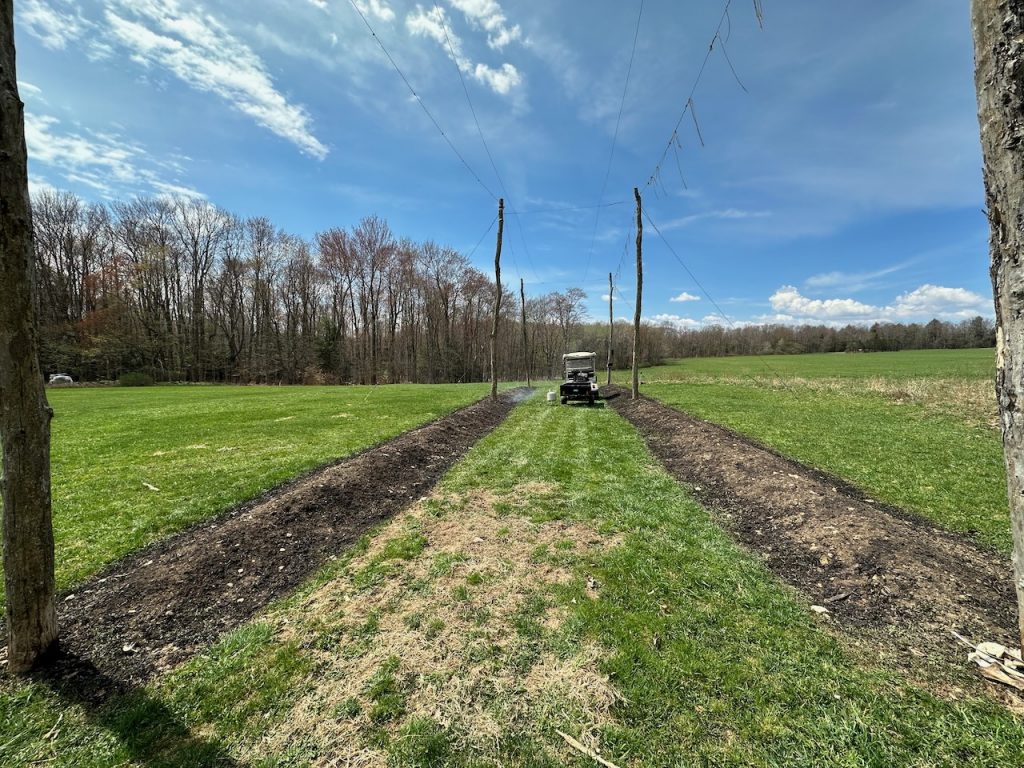
Now, I’d attempted to start the hand tilling on day 2, however, the carburetor on the TroyBilt had other plans. I opened it up twice to clean it and did get it running for the walk up to the large hopyard, but as I started the first row, it decided it had had enough. It was running really rough and inconsistently so I took it back down to the barn, opened it up again and…one of the bolts holding the bowl to the body sheared off and that was the end of that. New carb on the way. We’ve also posted in a variety of Farm-related forums to see if we might be able to rent or lease a 3pt tiller for the IH as it would save a ton of time and probably do a much better job getting a deeper till.
And so with time running out on day two, I’d helped around the yard cleaning up a ton of debris from over Winter. In addition to the tilling (hand or otherwise) for the next trip up, there will be cables to tighten, the “siege tower” needs some planks replaced, and there’s a variety of other small tasks to work on like prepping the sprayer.
So far <knock on wood>, I think we’re on track…for now 😉
Nose To The Grindstone
Posted on January 20, 2023 by Joshua

There is a saying that runs through my mind often. It was uttered by Sr. Evangelist, O.S.B., who has long since passed. But back in the days of my youth when I was an altar boy, she was part of the Sacristan tag team – along with Sr. Techla – that kept us hooligans in order.
“People from Saint Marys put their nose to the grindstone the day they are born, and leave it there the rest of their life.”
Sr. evangelist, o.s.b.
Now I will say, apologies as I can’t find the original publication where I came across this statement so I cannot guarantee that is the exact quote. However I do recall clearly the sentiment being there.
It is this attitude, this point of view and work ethos that I’m quite certain has been the undercurrent my entire adult life. Have I given up on projects or “thrown in the towel” at various times in my life? Most certainly. I doubt anyone would consider me the hardest worker they’ve ever met.
But I can be tenacious and unrelenting in certain circumstances, and preserving what I consider to be a most beautiful family history and the piece of land we’ve been fortunate to call our own would be such a circumstance. And I’ll admit it, as a fan of Yellowstone, I “get” the passion to hold onto something you and your family have worked and cared for over generations. Don’t worry…we’ve never sent anyone to the train station – let’s just clear that up right away.
Long story short…2022 was a good year for us with our best harvest to date, however as always it came with struggles; large yard will need replanted in 2023, struggling to keep up with the weeding and cultivation, wrong equipment for the jobs that need done, etc. But as my Mom would say, “no sense crying about it” as truly there isn’t. We keep our eyes out for used equipment that while not specifically suited for the task, can be retrofitted and made to work.
We’re not adverse to work, not by any means – we’re adverse to inefficiency, wasted time, projects not getting completed due to the lack of hours of the day and hands in the fields. But in the end – what Farmer isn’t?
“The Journey of a Thousand Miles Begins With One Step”
Posted on April 26, 2022 by Joshua

There are a number of similarities I’ve found over the years between three of my passions; Farming, trail ultras, and mountaineering. The first of which is “slow and steady wins the race”, and winning doesn’t necessarily mean being the fastest, it simply means achieving the goals you set for yourself.
Farming, and in our case hop Farming, is a full growing-season long endeavor. In our region of the world, these perennials begin poking above the soil in mid-April and we harvest them in September. We aren’t working on multiple crops (at least not at this point), we aren’t planting some and harvesting others, it’s simply hops.
Ultras and mountaineering are quite similar. There’s a specific distance to be run, or a peak to climb (and return safely from) and it’s not a sprint, it’s not even a marathon, it’s more than that and it requires time and patience. There are ups and downs, high and low points, over and over again throughout the course of one run or one climb. So it goes in Farming.
And it’s not just the crops you’re growing, it’s the equipment you’re using, the weather you’re dealing with, and the folks you share the journey with. Sometimes the tractor starts right up, sometimes it doesn’t. Sometimes you’re climbing in the sunshine, sometimes you’re trudging through frigid temps and high winds. Sometimes you’re running in a pack of hundreds at the start of a trail race, and sometimes you’re running all on your own miles in the backcountry.
This year, like many, the weather hasn’t been off to a great start. Just last week we got 3″ of snow in one night, then 60-degree weather two days later. Makes for an interesting pace at the start of the season. Additionally, when I was up two weeks prior, the tractor didn’t start, by itself or even with a jump. As it turns out, time for a new battery and a higher CCA (cold cranking amps). Fired right up.
With the tractor now back in action, we were able to get the manure pile turned. We are lucky in that we can source it from a nearby horse Farm, Windfall Farms, just down the road from us. This process will continue for a number of weeks as the pile is, rather “fresh”. Another early-season task that requires the use of the tractor is tightening all of the trellis cables. The tractor pulls the hops “siege tower” that allows us to get up to the support cables 20′ up from the ground. We then also tighten the exterior cables that support the trellis as the hop bines grow, cones develop, and a heavy cover of leaves grow in size and weight.




Now, the most recent weekend at the Farm introduced another Farming/running/climbing parallel; fear of trying something new. Much like a new path you’re exploring or climbing a route you’re unfamiliar with, Farming also has its firsts, and along with those come fears. Fear of failure, fear of doing something wrong, fear of doing a task inefficiently, and eating up time you already do not have.
This weekend’s Farming fear is a process that involves the splitting of crown. Hops grow from what is called a rhizome, which is essentially a root or root mass, which develops into a crown. Over time the crown spreads out underground, very similar to the roots of a tree. This signals a healthy plant, however, it also means where the bines emerge from the soil moves from one central location from where it was planted to a very wide area. This makes it very difficult to string those bines so they can grow properly and produce cones. And in our case since we weed by hand versus spraying, it means alot of extra work to get things under control.



Splitting the hops involves careful digging at the original site of the crown and with clean tools (hand spade, shears) making careful cuts. I mention “clean” tools specifically as if there was a chance somehow one plant was infected in the previous season with any one of a number of diseases hops can develop, we don’t want to spread it from one plant to the next. This being my first time, the thoughts that ran through my mind were, “what if I kill the rhizome by trimming it wrong?”, “what if my transplant cuts aren’t right and they never grow in their new home?”, “what if this takes me forever to do and I miss the transplant window, back up all the other projects, and tank the season?”. You know, basic stuff 😉
As I mentioned with the weeding, the vast majority of our tasks are done manually, by hand, not mechanically from the seat of a tractor watching a pricey implement doing in seconds what takes us all day. In larger, commercial yards there are implements that do many of these time intensive tasks like crowning, maintaining the structure of the hop hills, and a myriad of other tasks. We’re too big to be hobbyists/homegrowers, but much too small to have the toys the big guys use. But it’s our choice, it’s the situation we find ourselves in, and we learn to live with it.
One last comparison. Much like trail running and climbing, I’m never first…never have been, never will. But in the end, somehow the task at hand gets done. Most times it’s not pretty, but that’s not the point. The point is to feel like what you’re doing matters, that it’s done to the best of your abilities, and that when all is said and done, you can look back and be proud of all you’ve done.


